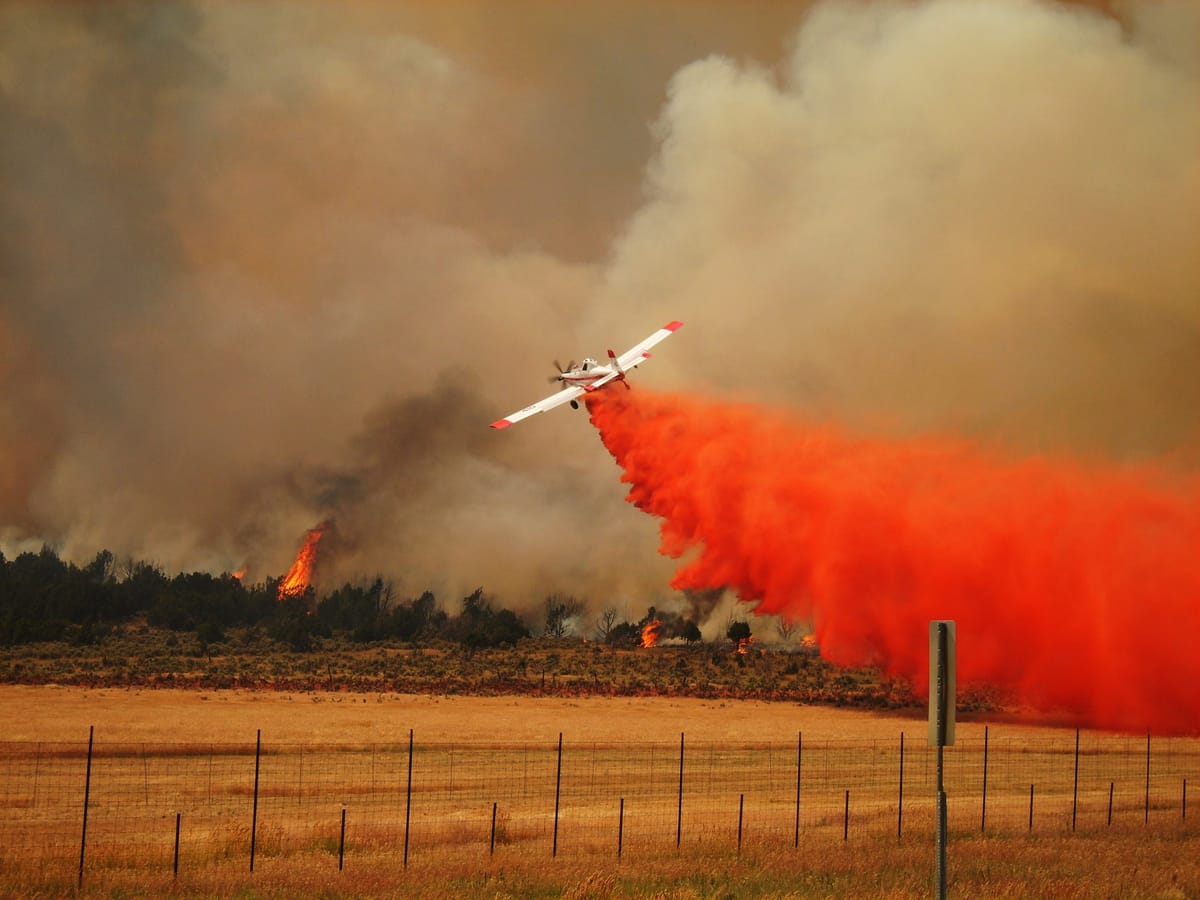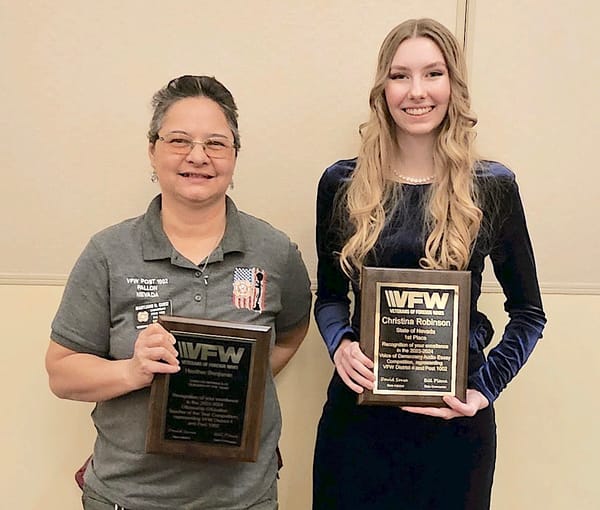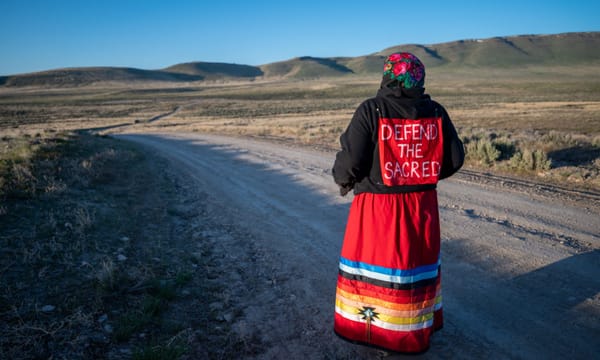‘We are very concerned’: Fire agencies forecast dangerous wildfire conditions, work to reduce fuels

RENO–An interagency wildfire briefing held last week by various land management and fire agencies offered a grim outlook for wildfire threats in the coming months.
“We are very concerned,” said Gov. Steve Sisolak, who was joined by officials from the Nevada Division of Forestry, Bureau of Land Management, U.S. Forest Service and Great Basin Coordination Center to discuss environmental forecasts, fire threats and wildfire prevention efforts throughout the state.
Gina Palma, a fire meteorologist with the Great Basin Coordination Center, said recent temperatures have been above normal through most of the state and precipitation has been well below normal statewide. She added that the winter’s below normal snowpack has been melting rapidly.
“We are currently in a state of exceptional drought, which is the worst drought–the most severe drought classification–over southern and eastern Nevada,” Palma said. “Again, much of Nevada is still [in] an extreme drought.”
Palma said the state hasn’t seen conditions this severe in the last two decades. Such conditions mean there will likely be fewer fast-moving fires at lower elevations–those that rely on grasses and smaller vegetation as fuel–but greater potential for fires at mid- to higher-elevations where larger vegetation and trees are drying out.
Through May and June the greatest concern is for southern and eastern Nevada, but Palma said monsoon moisture forecast for July may reduce the threat for wildfires there. Moving toward July and August, the Sierra Front just to the west and south of the Reno area will become the area of main concern, she said.
Staffing up and reducing fuels
State, federal and local fire agencies have already brought back all of their seasonal firefighters for training and preparation for the coming months. Some have already fought fires, said Nevada Division of Forestry State Forester and Firewarden Kacey KC. Some of those seasonal firefighter positions have also been expanded from five months to nine months, or in the case of the BLM from seasonal to permanent positions.
NDF said it’s also continuing to work with crews from the state’s nine conservation camps. Those crews are mostly staffed by inmates and assist agency fire crews with fuels reduction projects and fire suppression.
In Washoe County, sheep have been brought on to aid in fuels reduction efforts. The Arrowhawk Fuels Reduction Project is spearheaded by the USFS’s Carson Ranger District and is using a herd of about 800 ewes from the Borda Land and Sheep Company in Gardnerville to graze upon cheatgrass and other non-native vegetation. Similar projects have taken place in the same area, and on the west side of Carson City, for a handful of years.
“This program is an important collaboration to help keep the Arrowcreek and surrounding communities safe from destructive wildfire,” said Carson District Ranger Matt Zumstein. “Grazing sheep is a cost-effective, low-impact, and natural way to efficiently reduce the spread of this invasive species.”
Other large-scale projects in the state have included a 450-acre tree-thinning operation north of Ely, chemical treatment to eliminate invasive vegetation, and construction of thousands of miles of fuel breaks.
Expect fire restrictions, plan ahead
Fire restrictions should be expected this year, said Paul Petersen, state fire management officer with the BLM. Current restrictions are limited to southern Nevada, but as the fire season progresses and people venture onto public lands for recreational activities, Petersen said the chance for human-caused fires increases.
According to nevadafireinfo.org, an interagency website offering prevention tips and information on current fire restrictions, 84% of wildfires nationwide are caused by people. Gwen Sanchez, the forest fire management officer with the USFS Humboldt Toiyabe National Forest, said that over the last few years that percentage has been closer to 87% nationally.
“That’s a number that we definitely need to get down,” she said. “Across Nevada, we do a little bit better, but it’s still pretty high. Last year we saw an all-time high with 67% of our fires being human-caused. In previous years that’s been closer to around the low-40% of our fires being human-caused.”
Improperly extinguished campfires, sparks from equipment and vehicles and target shooting have all caused fires in Nevada in recent years.





